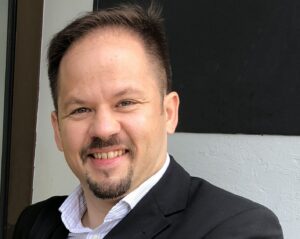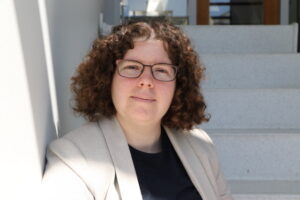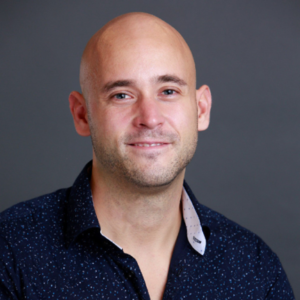How can the benefits of digital geospatial data be leveraged? How can the discoverability and accessibility of geospatial records in a uniform and accessible way can be assured? The workshop “New Digital Exponential Technologies Towards The Generation Of Business Models” discussed these issued in both the technological and also the archival world.

Bio. Gregor Završnik is an international consultant with more than 20 years of experience in the Geospatial field. His geospatial digital records preservation engagement started on the E-ARK project in 2015 and continues until today with his work on the CEF eArchiving Building Block. As a member of the E-ARK3 team, he is leading the development of specifications and training for the eArchiving Building block in the field of geospatial information. His clients range from archives to mapping agencies and digital preservation solution providers. He is also a member of the Digital Information LifeCycle Interoperability Standards Board (DILCIS) and a short-term consultant for the World Bank.
Abstract. Maps and modern geospatial records are a useful tool to understand better objects and phenomena. With the development of exponential technologies such as social networks, artificial intelligence geospatial data became a fundamental component in the development of the digital economy. However, the benefits of this technology can only be leveraged if the discoverability and accessibility of geospatial records can be assured in a uniform and accessible way. A lot of data is stored in different formats with different levels of documentation and is often only accessible in closed systems. Mr Završnik shows how, using both simple and advanced technologies, geospatial data can be used for visualisation and analysis to understand better and make more use of our past data and present.
He discusses what generally brings value to data and what challenges are being faced in the data-driven economy. He goes on to propose how the Common Information Type Packaging Specifications for geospatial records, developed in the EU eArchiving building block, can support creating an Interoperable and connected information platform that can facilitate innovation and generate new business models. The solution is based on international standards from the geospatial and archival domains. The use of eArchiving specification ensures an open and transparent approach that will be sustainable and will ensure legal compliance.
Watch the session on YouTube here and check the manuscript paper prepared for the workshop here.
Written by Leonard Callus, the European Digital Treasures Team & Gregor Završnik.


